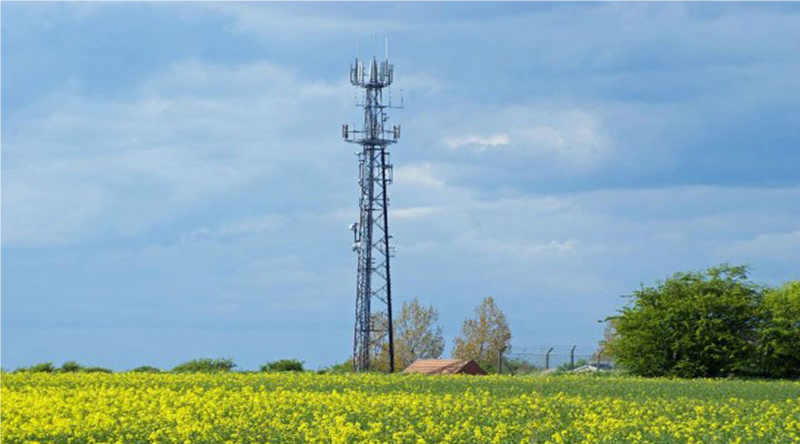As the 5G rollout continues to intensify, so too will the numbers of farmers and landowners with telecommunications masts on their holdings. This means that the laws governing leases for this kind of equipment will only become more important.

Like agricultural tenancies, telecoms leases are governed by their own specific legislation. This is known as the Electronic Communications Code (the Code), which is now contained within the Digital Economy Act of 2017. The Code has several key characteristics, including that:
The Tribunal can impose an agreement
The Code in its current incarnation was created to aid the spread of faster internet across the country. This includes ensuring telecoms companies (or “operators”, as the Code calls them) can access the sites they need. Therefore, if a would-be Landlord does not wish to let a site out to an operator, the operator can demand that the Upper Tribunal (Lands Chamber) imposes an agreement on the landowner. Note there are some limitations to this. The Tribunal cannot impose an agreement if it believes that the harm to the landowner outweighs the public benefit of having a mast in that location, for example.
Rental values do not naturally favour the landlord
The payment received under a Code lease is split into “compensation” and “consideration” by operators. While what falls into which category is a distinction of some consequence for the operator and may have ramifications for valuation of rents going forward, it is mere semantics to the individual landowner. The total payment should, in theory, be at a market level. However, the Code states this rate must ignore the telecoms use of the site. This means operators have tried in the past to demand rents based purely on the agricultural value of the site, as a proportion of the whole farm if it were let under a Farm Business Tenancy. As sites are usually very small, this has in the past led to annual payments as low as £600 per year. This approach has been challenged in court from various angles, and there are several cases currently at various stages in the appeal process. There are several ways such low rents can be contested, often focusing on the disruption that letting out even a small site can cause to a farming operation.
Agreement renewals on existing sites are currently a grey area
Some early leases are still effectively traditional commercial tenancies under the Landlord and Tenant Act 1954, which gives a higher rent than the Code. As these leases expire, when operators request renewal, they are likely to also demand a reduced rent and a new tenancy under the Code, which is likely to be more favourable to them. However, factors such as the date when the original tenancy expires and whether or not the tenant “contracted out” of security of tenure can affect the operator’s chances of success. To what extent remains to be seen until the ongoing test cases are decided.
These three points are just a small taste of the Code’s intricacies. In practice a Code negotiation can cover a wide array of detailed issues. Therefore, this is both currently an area of considerable specialisation, but also set to affect many more farms across the UK. Watch out for the “knock on the door” for a new site or tenancy renewal, not necessarily a welcome approach but one needing specialised advice to protect the land and maximise the rental offer.

